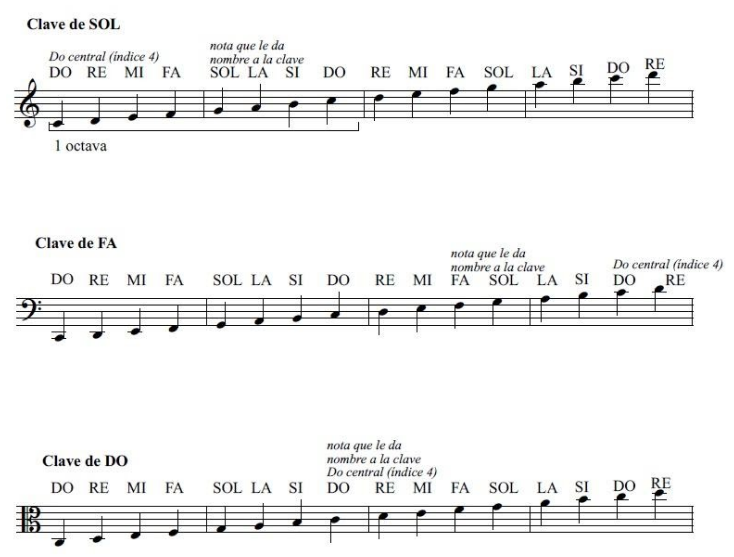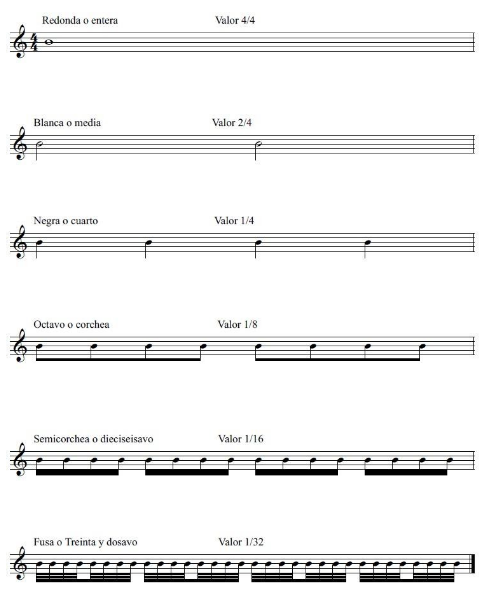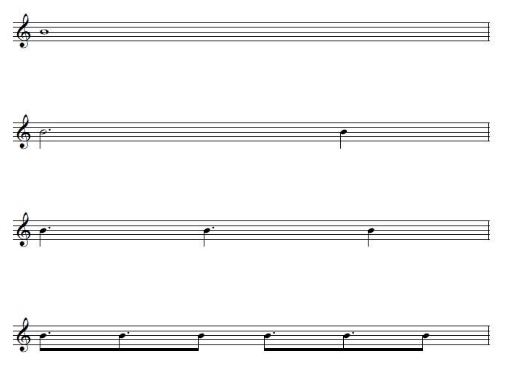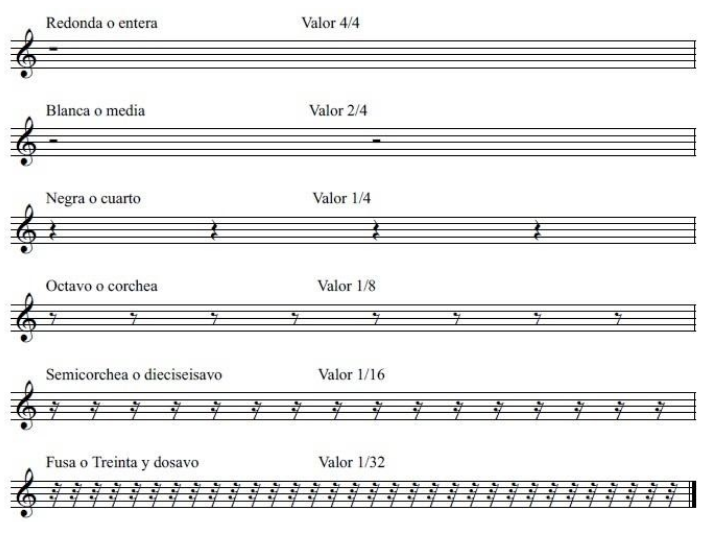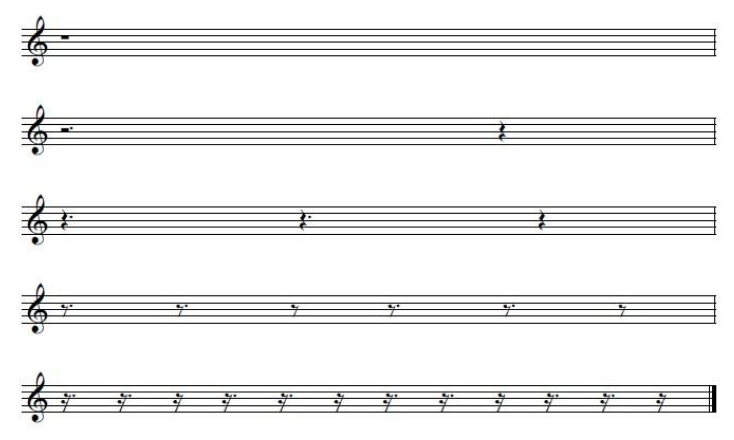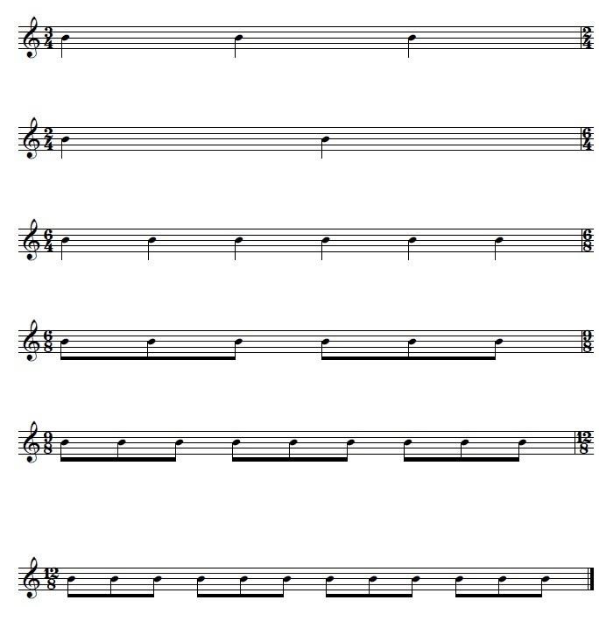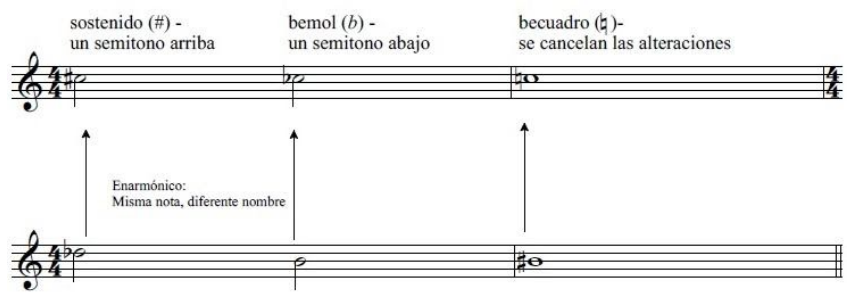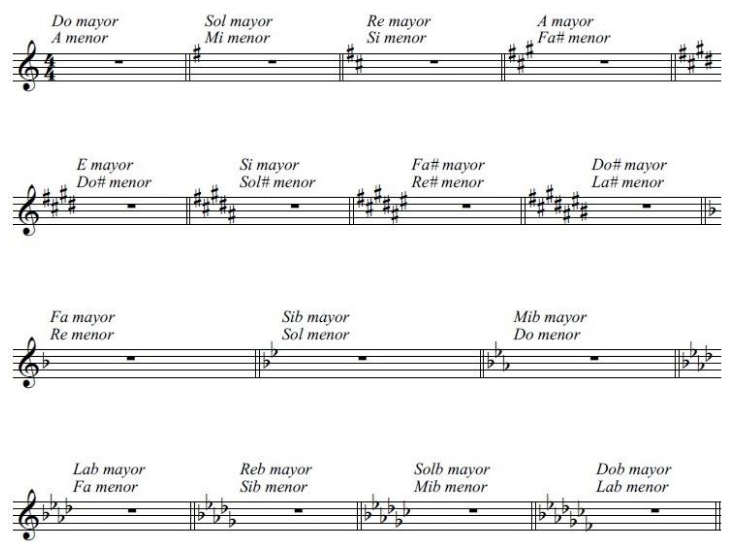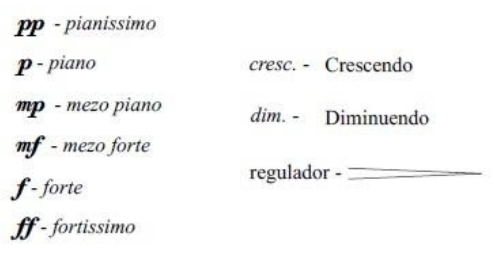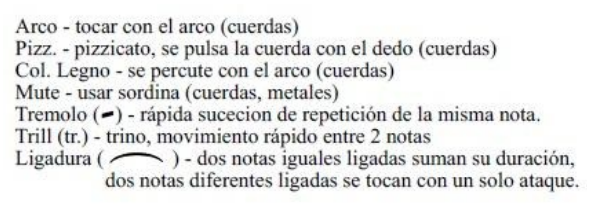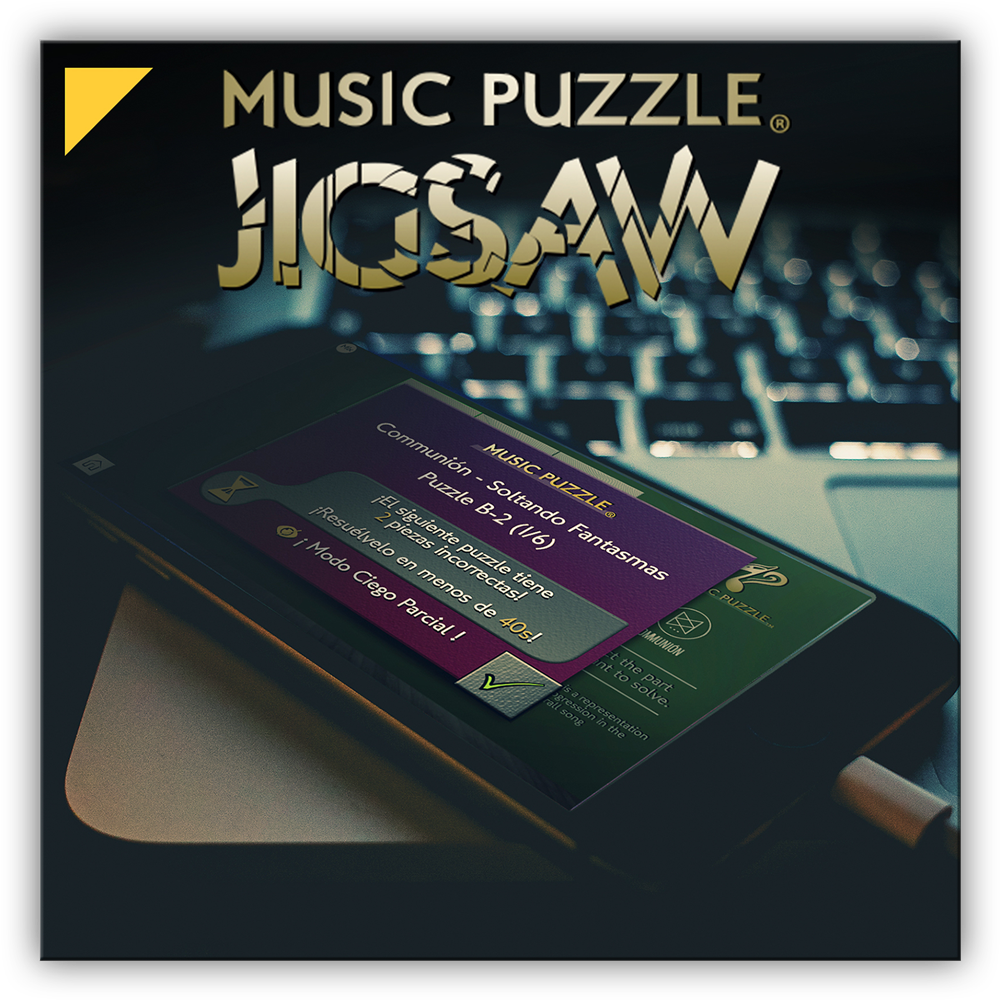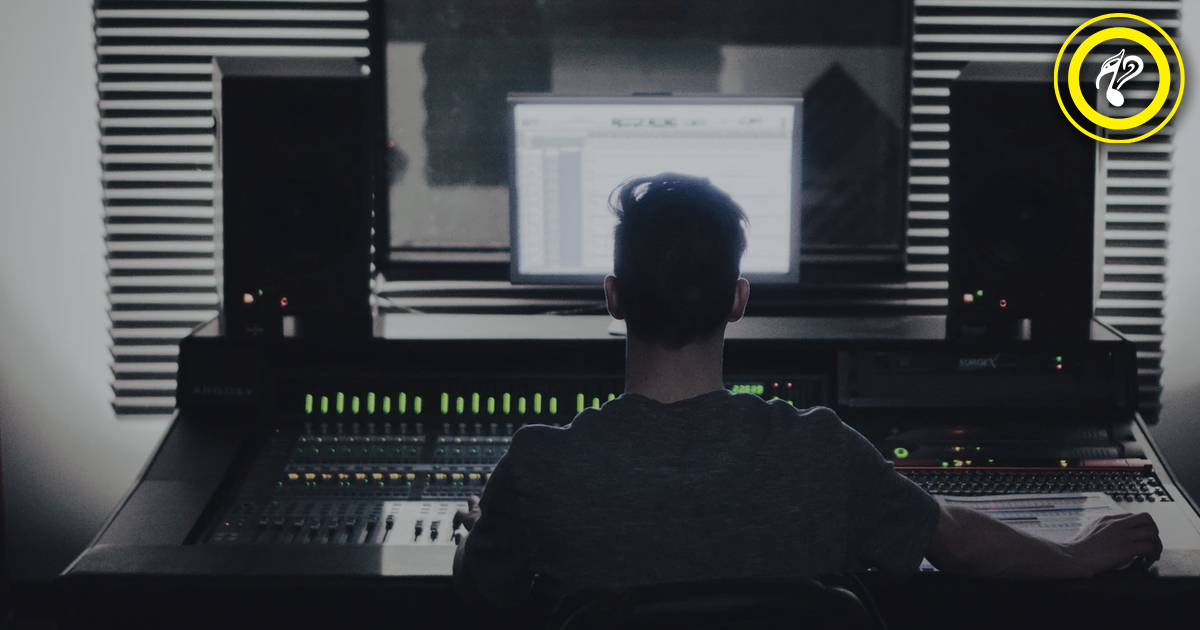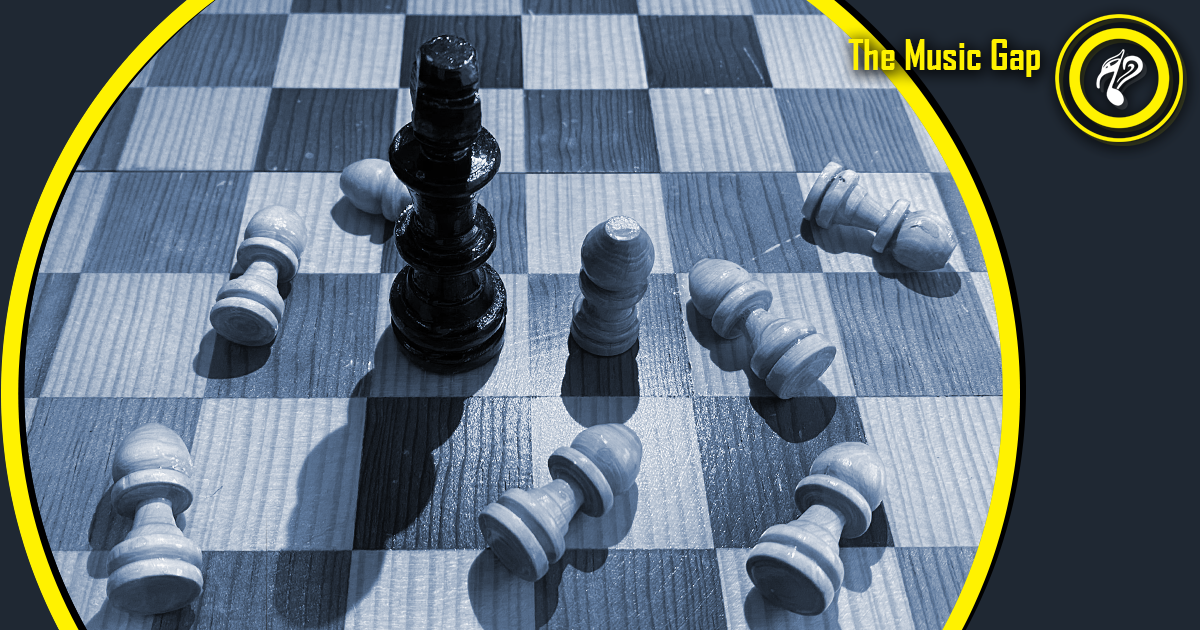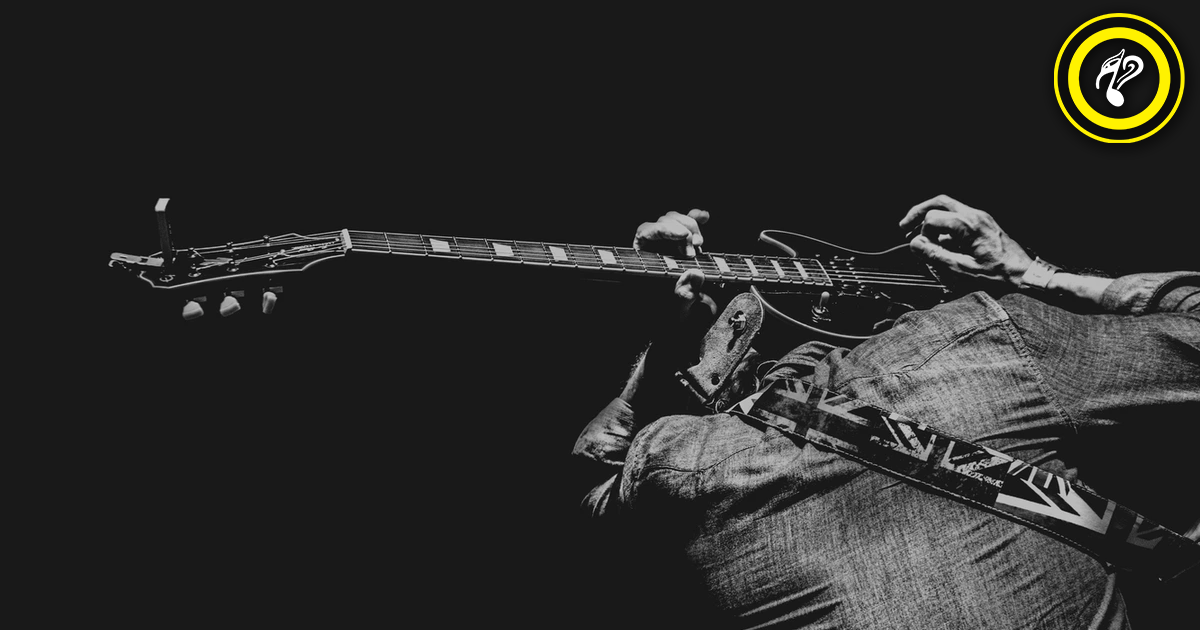Solfeggio
When musicians read a score, what exactly do they see?

The music theory refers to the language that allows us to write and decipher music in those hieroglyphs that we call sheet music. Music is a universal language and fortunately, written music is no exception, a well-written score can be read the same in France, Australia or Mexico.
Like any language, we need to know the rules of the language to understand it. We will discuss the bases of music theory in this article.
- Tempered system
The tuning system is used in most music and consists of a subdivision of 12 equal parts in the range of an octave (8-degree scale interval between 2 notes, in this case from C to C).
According to this model, we can find 7 sounds before they are repeated:
1-C, 2-D, 3-E, 4-F, 5-G, 6-A, 7-B, 8-C (octave)
That would be in Anglo-Saxon countries. In Latin countries, the notes are the same, but with different names. And this is the equivalence:

In general, professional musicians are bilingual, therefore, they understand Latin and Anglo-Saxon notation. So you will likely see Latin and Anglo-Saxon names in this article!
We could say that they are actually 12 sounds, if we include the alterations such as flats and sharps (a concept that I will explain later).
This is the most basic palette of sounds in which most music is written. Many melodies could be recognized by just those notes as shown in the Music Puzzle: Memory children's musical memory game.
In order to accurately reproduce a piece of music, there are other parameters in the music theory that we should consider:
- Pentagram
It is the set of 5 lines where the music is written:
- Clefs
The clefs are symbols that are placed in the left side of the staff, indicating the register and the position in which the notes will be read. There are 3 clefs:
The G-clef: the most commonly used, named after the figure that ends in the second line of the staff (from bottom to top), which corresponds to the space of the note G. In this key , the central C is an additional line below the staff.
The F-clef: like the treble clef, it is named after the figure that ends on the fourth line of the stave, which corresponds to the note F. If we see the image the central C is in the first additional line above, which makes this key ideal for low register instruments such as the cello or double bass.
The C-clef: it is used for middle range instruments such as the viola. It is also used when you have to write for a range that is kept for a long time in additional lines of either the G or F clef; for example, the high register of the cello. It is more practical to use the C key, since it avoids adding many additional lines to the staff.
- Height
It determines whether a sound is treble or bass and it is indicated by numbers of indexes. The middle C and the 440 Hertz A used for tuning are index number 4.
(In a further article, we will discuss the frequencies and the term “Hertz” in more detail).
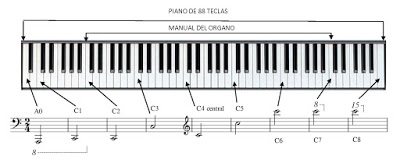
- Musical figures
The way musicians read and write rhythm is through various musical figures. They are listed here in descending order. These figures represent the duration of a musical note. The ‘whole note’ in the first staff of this image lasts 2 times longer than the ‘half note’ of the second staff, and it lasts 2 times longer than the ‘quarter note’; thus, the lower the image, the lesser time each note lasts.
- Dot
The dot is used to add half of its value to a note duration.
This means that a dotted half note will last 3 beats instead of 2 and will be longer than a half note, but shorter than a whole note. The dots are written to the right of the note to which the modification will apply.
- Silences
Music, like conversations, needs silences and space to allow communication.
Here are the silences and their duration.
- Silences with dot
- Bars
According to the correct definition of Wikipedia, a Bar "is the musical metric entity made up of several time units that are organized in groups". The bar is indicated by two numbers in a fraction; The upper number indicates the number of times a beat can be used in a bar. The lower number indicates the value of the whole bar. The most used measure in history of music is 4/4, this means that 4 quarter notes fit inside the bar. There are many different measures in music and here are some examples:
- The alterations
They are symbols that affect the pitch of a note by a semitone. It is important to write them on the left side of the note to be altered.
Sharp: when the # symbol is used before the note, it must be played one semitone above.
Flat: we recognize it by the b curve symbol, contrary to the sharp symbol, the note must be played one semitone below.
Natural: it is identified with the symbol ♮ and its function is to cancel any previous alteration.
There are lesser used additional alterations such as the double-sharp or double-flat.
A very effective way of representing the tonality or harmony in a piece, is by noting the key signature (as explained below).
We must not confuse a C# and a Db although they share the same sound they have different tonal functions. We call them enharmonics (same sound, different name) and we will need to find the right name depending on the tonal function it is taking. (The circle of fifths is a great tool to understand this better)
- Key Signatures
To play any key other than C major or A minor we need scales with different alterations and one way to establish those scales, without having to alter each individual notes, is to use key signatures. Each key signature contains a scale that works with a major and minor scale because they share the same notes. The key signatures are placed next to the clef we are using!
- Dynamics
They refer to the intensity at which a note or passage should be played, they are written at the bottom of the staff along with the affected note. If a gradual change between 2 different dynamics is needed, a regulator is used.
In ascending order, pianissimo (pp) is the weakest and fortissimo(ff) the strongest. There are also the dynamics pianissisisimo (ppp) and fortississimo (fff) although they are less common.
There are also indications of crescendo (cresc.) to gradually increase the volume and diminuendo (dim.) to decrease it progressively.
- Articulations
All instruments have their own techniques of performance. We write this instruction at the top of the bar just above the note where we want to start the articulation.
See if you can decipher this snippet!
Variations
There are instruments that will require special notation; such is the case of the drums. The following graph explains what each note corresponds to:
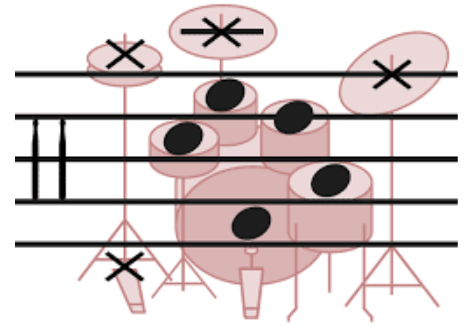
In the same way that composers constantly find new ways to describe their ideas on paper either with drawings, graphics or poetry, a part of music writing requires an internal reflection of what is the ideal way to transmit the instructions to the interpreter.
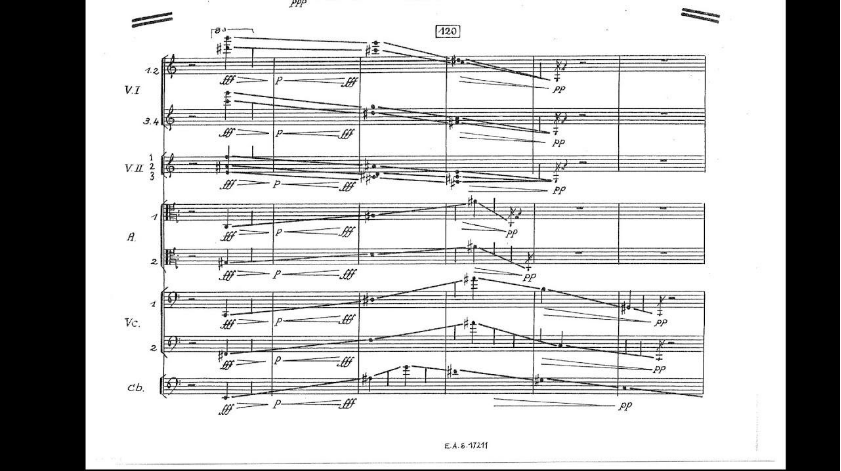
We will explain these and other topics in more detail in future articles.
These are simply the foundations of traditional music notation, however they are not the only ones and it would be impossible to try to cover everything in one article.
With this information, I am confident that you can begin to understand the basics of music notation.
If you find this rather simple, you may be interested in our article about the tonal system right here.
Do you have something noted that you want to share?
Let us know!
References:
https://lamusicadiariacona.blogspot.com/2019/05/indice-acustico_20.html?showComment=1558591217830
https://es.wikipedia.org/wiki/%C3%8Dndice_ac%C3%BAstico
https://es.wikipedia.org/wiki/Altura_(m%C3%BAsica)
https://es.wikipedia.org/wiki/Sistema_de_notaci%C3%B3n_musical_anglosaj%C3%B3n
If you enjoyed the article, you'll love these games:

